These mountains hold creatures you won’t see anywhere else and they’re living their best hidden lives.
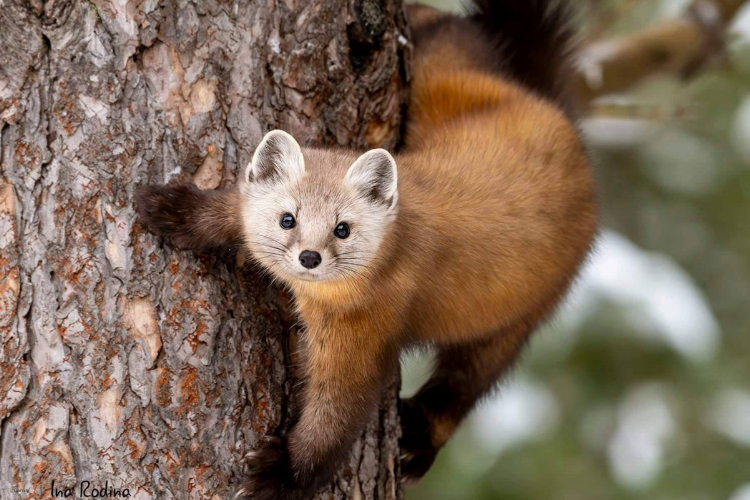
The Rocky Mountains feel like a completely different planet when it comes to wildlife. Some of the residents look like they were created by a daydreaming artist who went a little wild with the imagination brush. Others have evolved in ways that make them perfectly suited to the thin air, unpredictable weather, and rugged terrain. These aren’t your everyday backyard squirrels or pigeons. These are the animals that make you stop mid-hike and question if you just stepped into a nature documentary.
1) Pika live in rock piles like it is luxury high-rise living.

According to the U.S. Geological Survey, pikas are small herbivores that thrive in alpine talus fields, often living at elevations above 8,000 feet where many other mammals can’t handle the cold. These round-eared, potato-sized fluff balls hoard vegetation into giant stacks called haypiles, which sustain them through brutal winters. They rarely hibernate, instead relying on these massive food stashes. Their signature “eeep” call bounces through the mountains like a smoke detector chirping in the distance, letting you know they’re near without ever giving away their exact location.
2) Boreal toads survived while their cousins vanished.
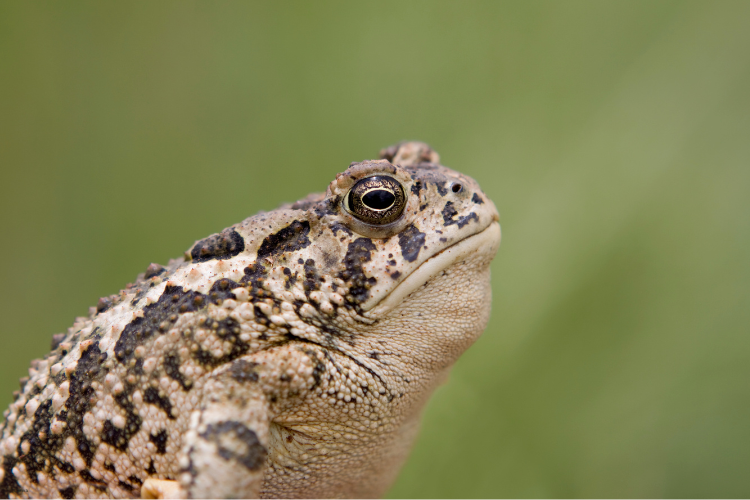
As reported by the National Park Service, boreal toads are a rare amphibian that once covered wide areas of the Rockies but have faced severe population declines due to chytrid fungus and habitat loss. These toads are quirky because they tolerate high elevations where many amphibians can’t thrive. They spend most of their year buried underground, only coming out in warm months to breed in alpine lakes and marshes. The males make a soft clicking sound, so quiet it’s easy to miss even if one is sitting right next to you.
3) Canada lynx stalk silently through snow so deep your boots would sink.
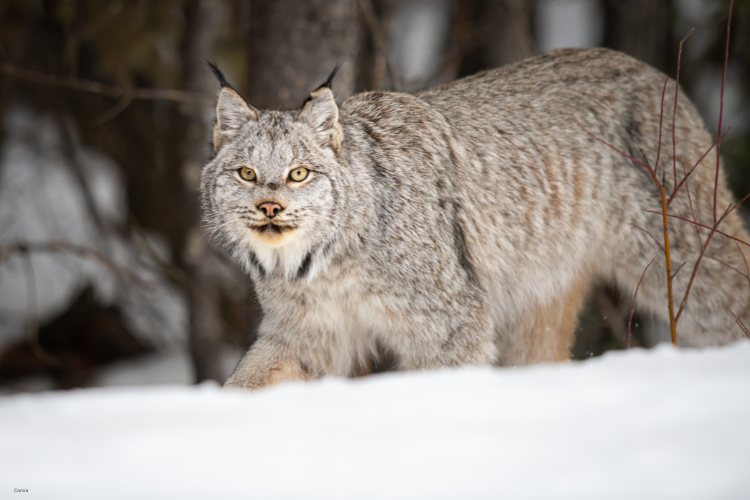
The Canada lynx, as stated by the Colorado Parks and Wildlife Department, is one of the most elusive predators in the Rockies and perfectly designed for snow country. With snowshoe-like paws, thick silvery fur, and massive ear tufts, they move through deep drifts like it’s flat ground. These cats were reintroduced after disappearing from Colorado, and spotting one is rare enough that wildlife biologists sometimes go years without seeing one in the wild. Their diet is laser-focused on snowshoe hares, and they practically vanish into forests as soon as they’re spotted.
4) Marmots whistle like anxious traffic cops when trouble rolls in.
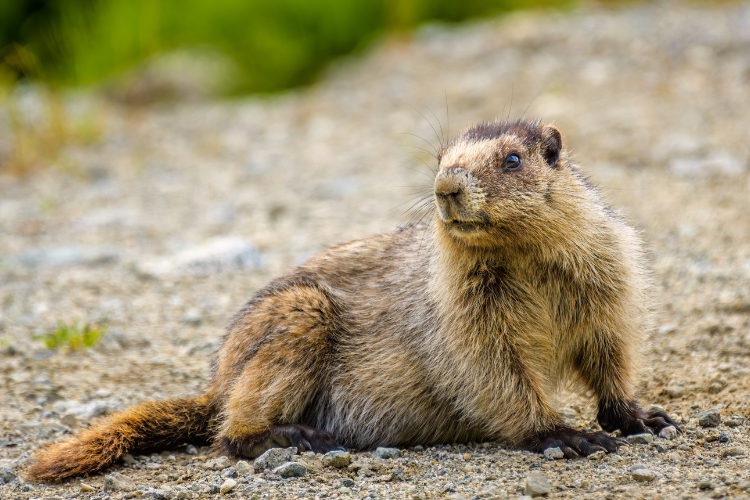
Yellow-bellied marmots are chunky ground squirrels built for lounging on sun-warmed rocks but also for sounding alarms when predators appear. Their whistles echo down valleys and send nearby marmots scrambling for cover. They hibernate for up to eight months, disappearing into underground burrows lined with dry vegetation. Summers are their only window to eat, mate, and get chunky enough to survive long underground naps, which explains why they always look like they’re frantically bulking up for winter. Hikers often mistake their high-pitched call for an odd bird before spotting the furry culprit.
5) White-tailed ptarmigans swap their entire wardrobe twice a year.

This alpine bird is one of the few animals willing to live above tree line year-round, which means dealing with both blizzards and blinding summer heat. Their feathers transform with the seasons: snowy white in winter to blend in with drifts and mottled brown in summer to vanish against rocky tundra. They bury themselves under snow during storms and feed on buds, twigs, and leaves when nothing else is available. Seeing one in summer feels almost strange because their plumage makes them look like a completely different species.
6) Pine martens move through the forest like caffeinated ninjas.
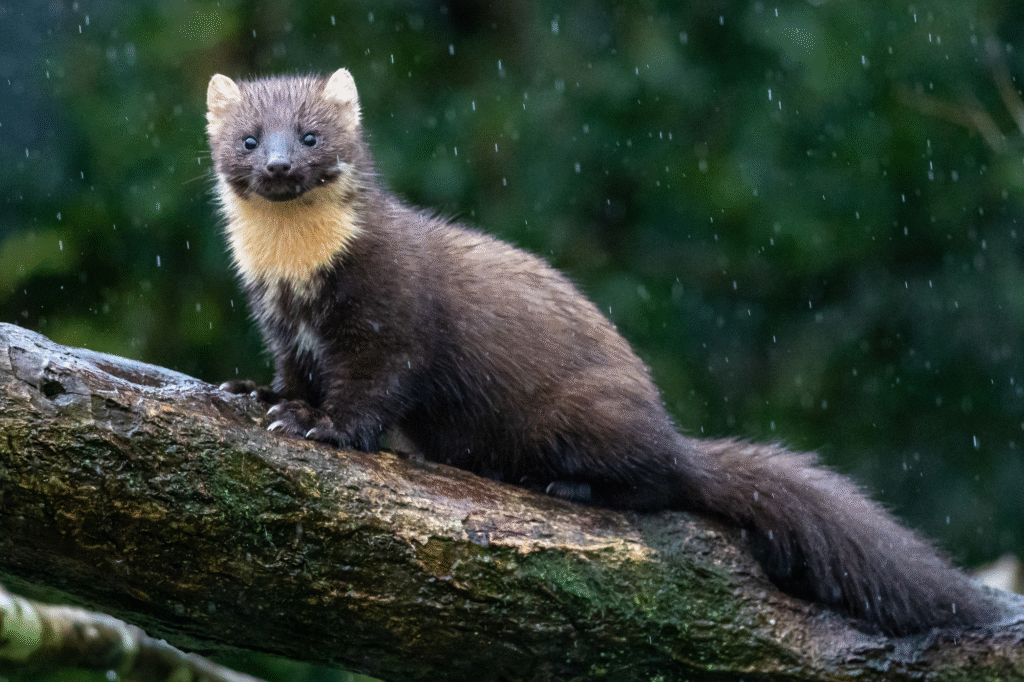
These small carnivores look like a cross between a house cat and a weasel but with the energy level of something that drank three double espressos. Pine martens are known for their insane climbing ability, zipping up and down trees with barely any effort. They feed on everything from squirrels to birds and sometimes even berries, giving them a flexible diet that keeps them thriving in remote parts of the Rockies. Their fur was once so prized it led to heavy trapping, but now seeing one feels like a rare treat.
7) American dippers sing in freezing water that would make you quit instantly.
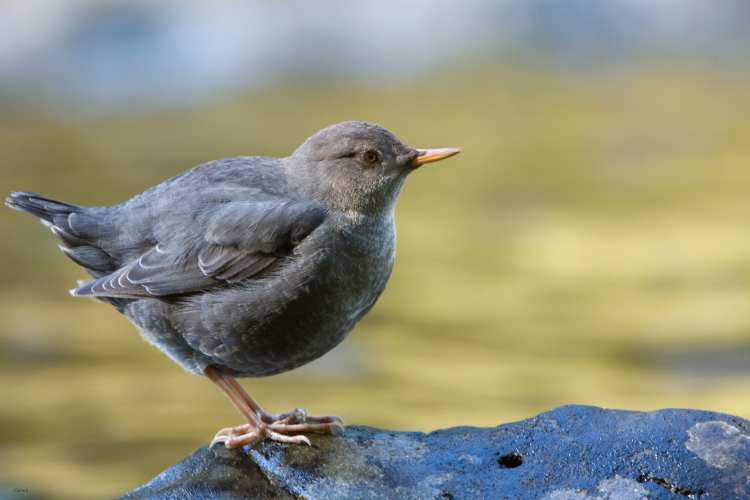
This little gray bird is famous for its bizarre habit of feeding underwater in mountain streams. They literally walk on stream bottoms, using their wings to stabilize themselves against the rushing current while hunting for aquatic insects. Their song carries over waterfalls and rapids even in the dead of winter, when your hands go numb just standing near the water. Watching one dunk under icy water repeatedly makes you wonder if it even feels the cold or just genuinely doesn’t care.
8) Clark’s nutcrackers bury seeds like nature’s scatterbrained gardeners.
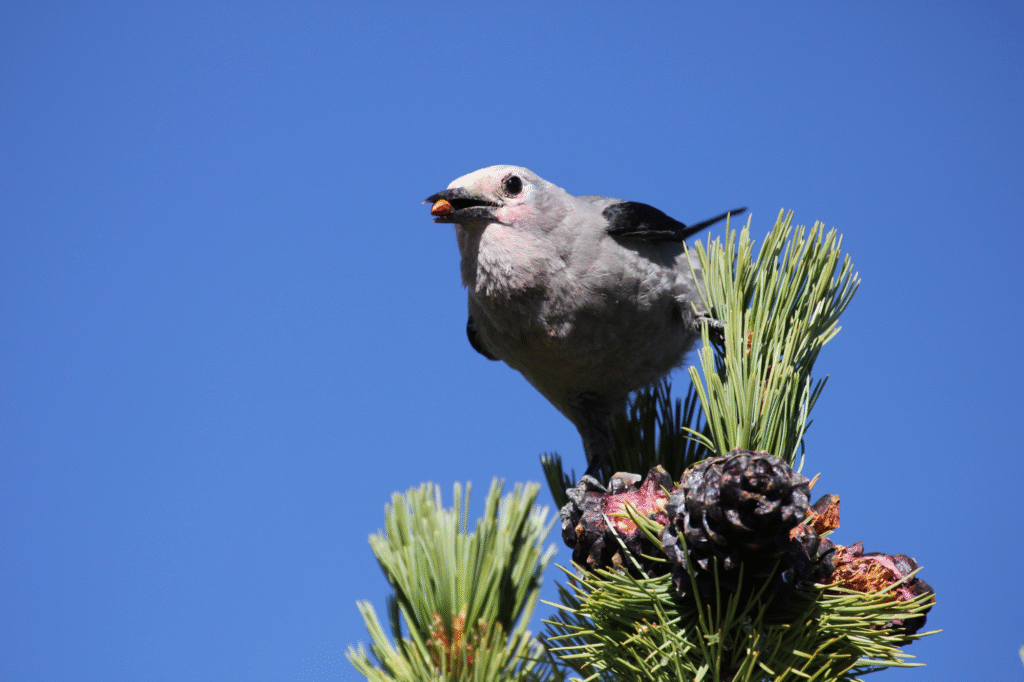
These gray-and-black birds have a memory so sharp it’s almost creepy. They stash thousands of pine seeds every year and somehow remember where most of them are when winter rolls around. Some forgotten seeds grow into new trees, literally reshaping forests over time. They’ve developed a close bond with high-altitude pines like whitebark and limber pines, creating a relationship so tight that one often can’t survive without the other. Hiking near treeline and hearing their raspy call almost guarantees they’re working nearby.
9) Bighorn sheep scale cliffs you’d need ropes for.
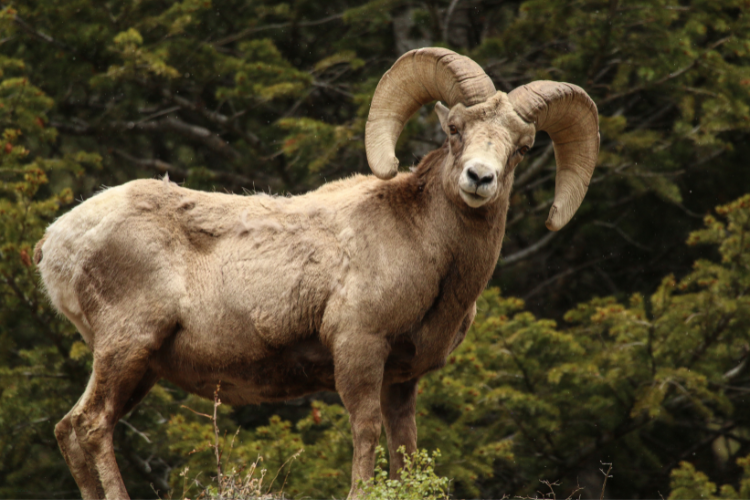
Bighorn sheep are iconic in the Rockies but watching one navigate sheer cliff faces never gets old. Their hooves have specialized grips that allow them to climb places where even experienced climbers hesitate. Rams clash during rutting season with headbutts that echo like sledgehammers, competing for dominance and breeding rights. They can survive in areas with little water, relying on steep terrain to avoid predators. Spotting them on some impossible ledge always leaves you wondering how they plan to get back down.
10) Mountain goats treat gravity like it’s optional.

These shaggy white goats live at elevations where breathing feels like exercise and the weather changes in minutes. Their split hooves and rough pads give them unbelievable traction, letting them climb nearly vertical rock faces. They shed their thick fur in dramatic chunks in spring, often leaving random puffs of wool clinging to trees and rocks like forgotten socks. They’ve got a reputation for approaching people at popular viewpoints, but that’s mostly curiosity and the promise of an easy salt lick.
11) Elk fill valleys with haunting sounds during autumn.

In fall, bull elk bugle in eerie, high-pitched calls that echo through the Rockies like something out of a horror movie. It’s their way of showing dominance and calling for mates, and hearing it in the early morning mist can raise goosebumps. These massive animals migrate seasonally, often in huge herds, making them one of the most dramatic spectacles in the mountains. Watching them square off during the rut shows just how brutal and competitive survival can be, even for giants.
12) Black bears flip over entire logs for a snack.

Bears in the Rockies spend their summers eating anything they can find to build fat for hibernation, and that means tearing up rotting logs like they’re made of paper. Ants, beetle larvae, and honeycombs are all on the menu. They have an incredible sense of smell, which can lead to awkward human encounters when food isn’t stored properly. Despite their size, they climb trees when they need to escape danger or just to reach berries and nuts. Seeing one up close can be both thrilling and terrifying at the same time.
